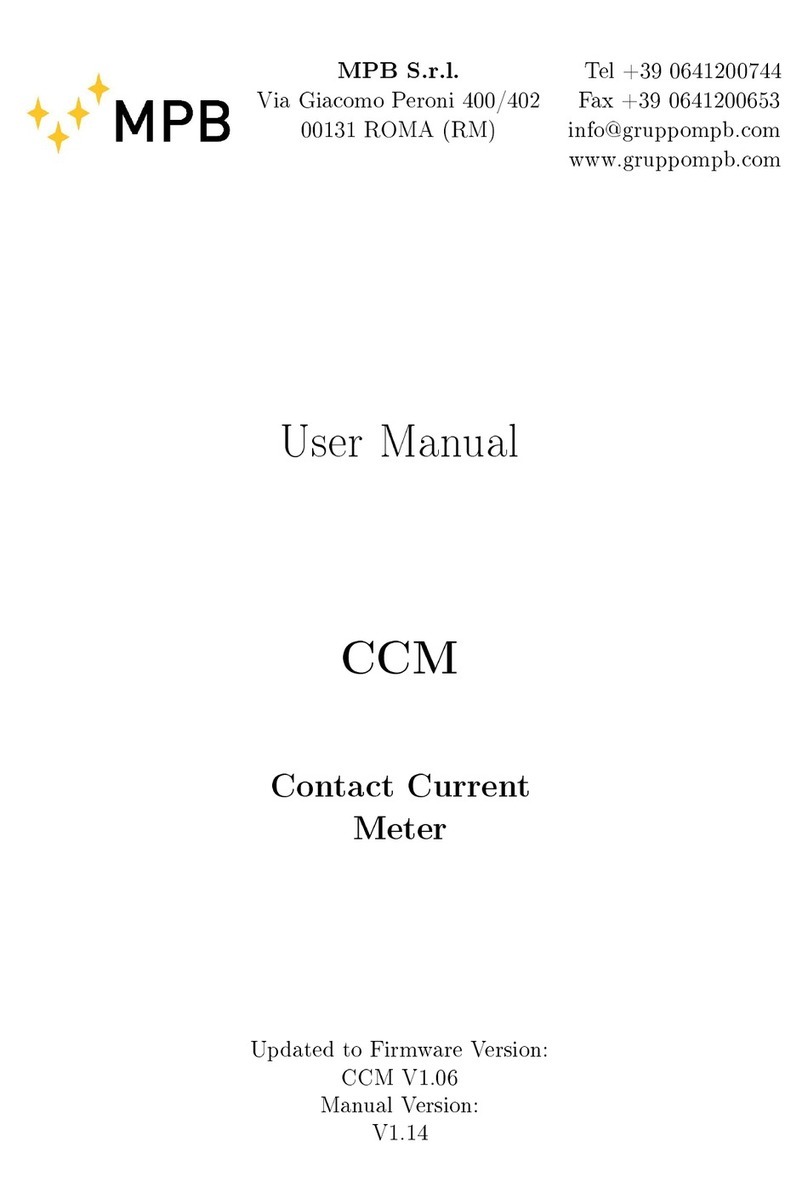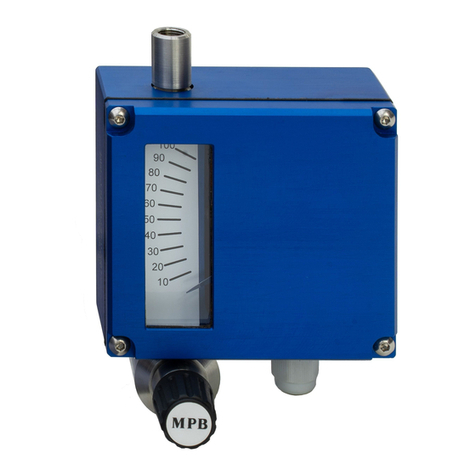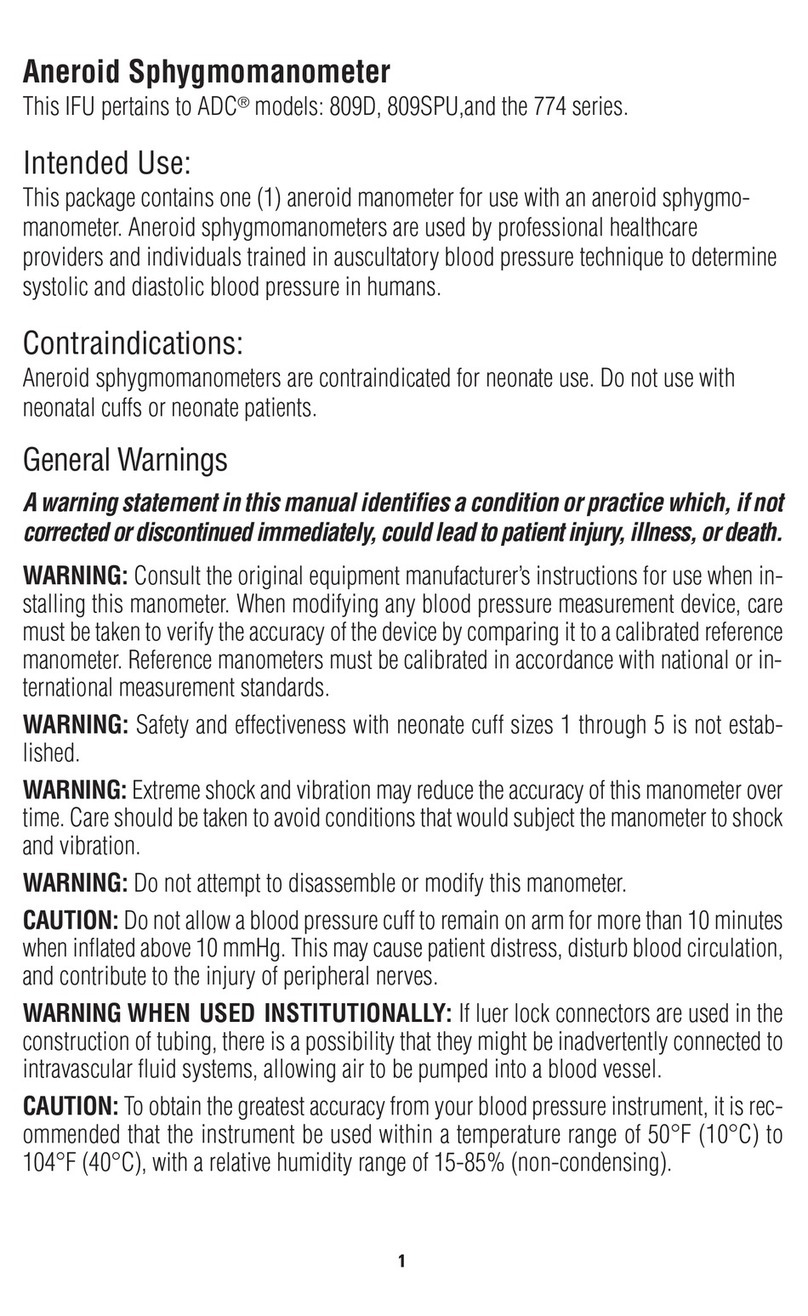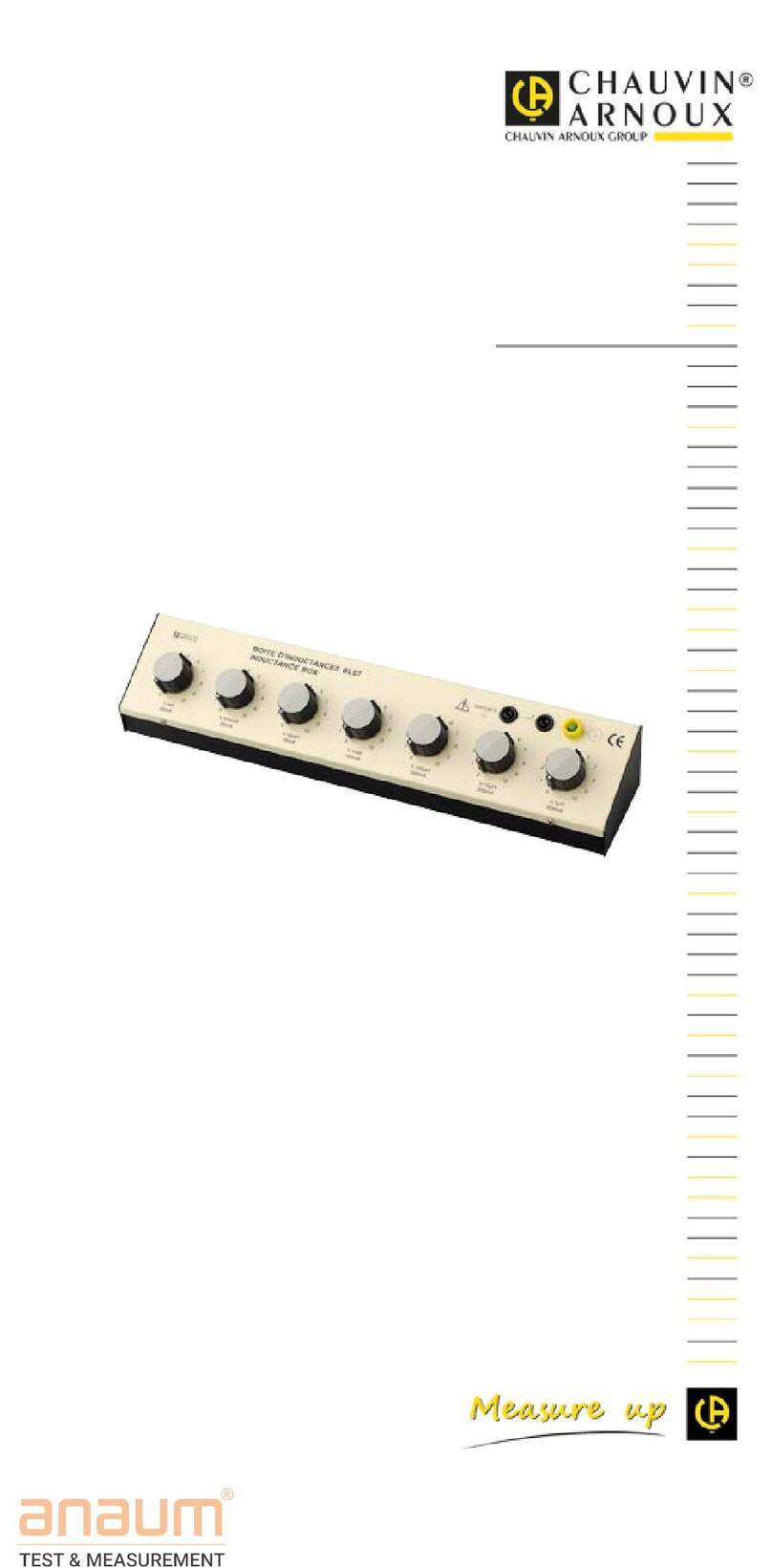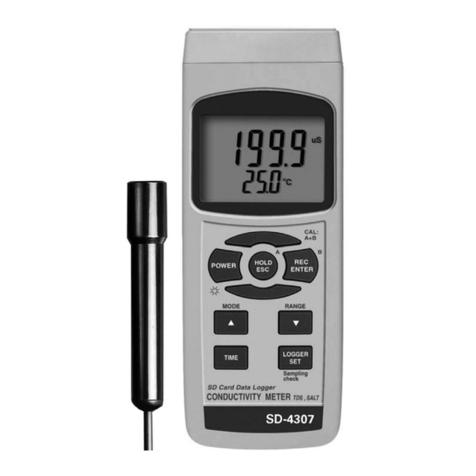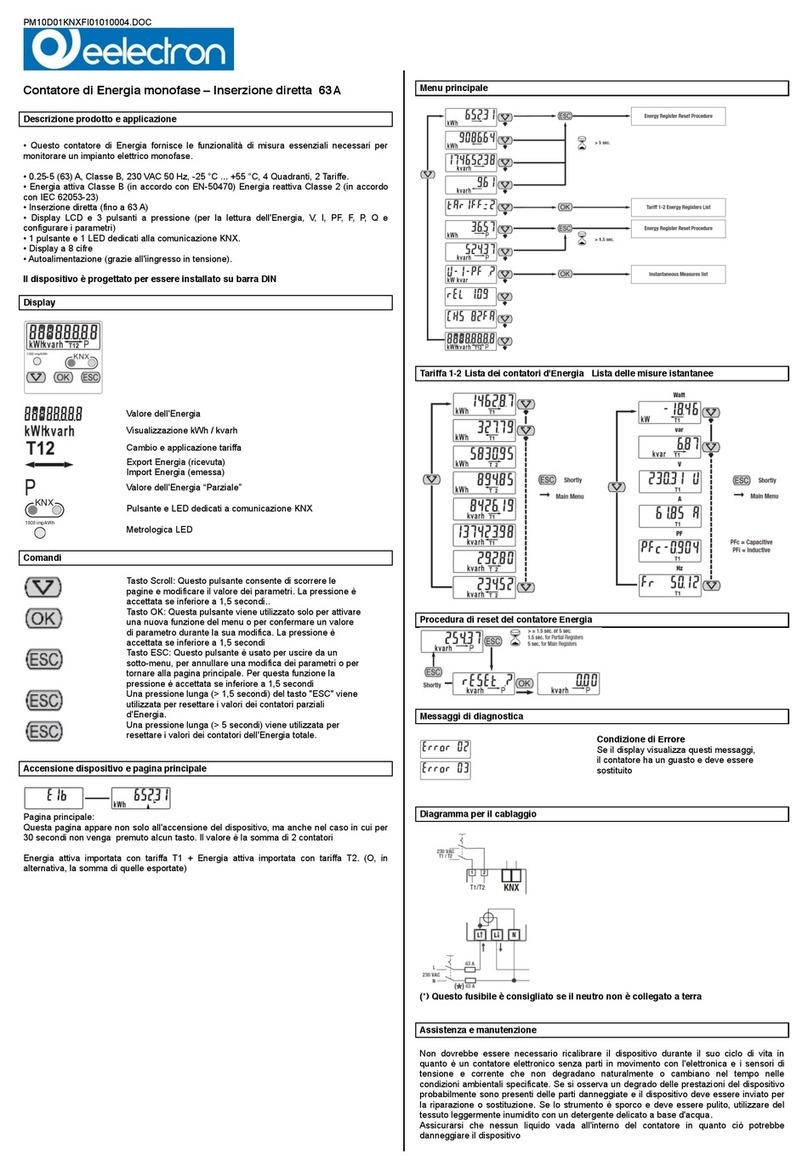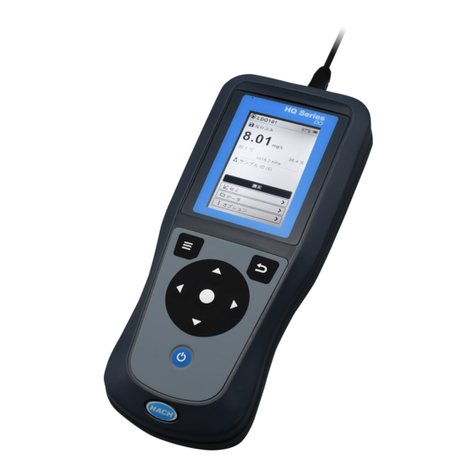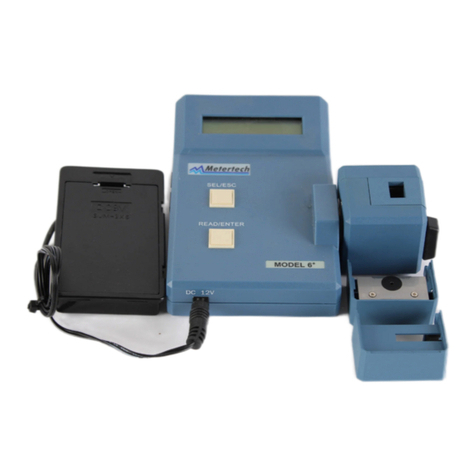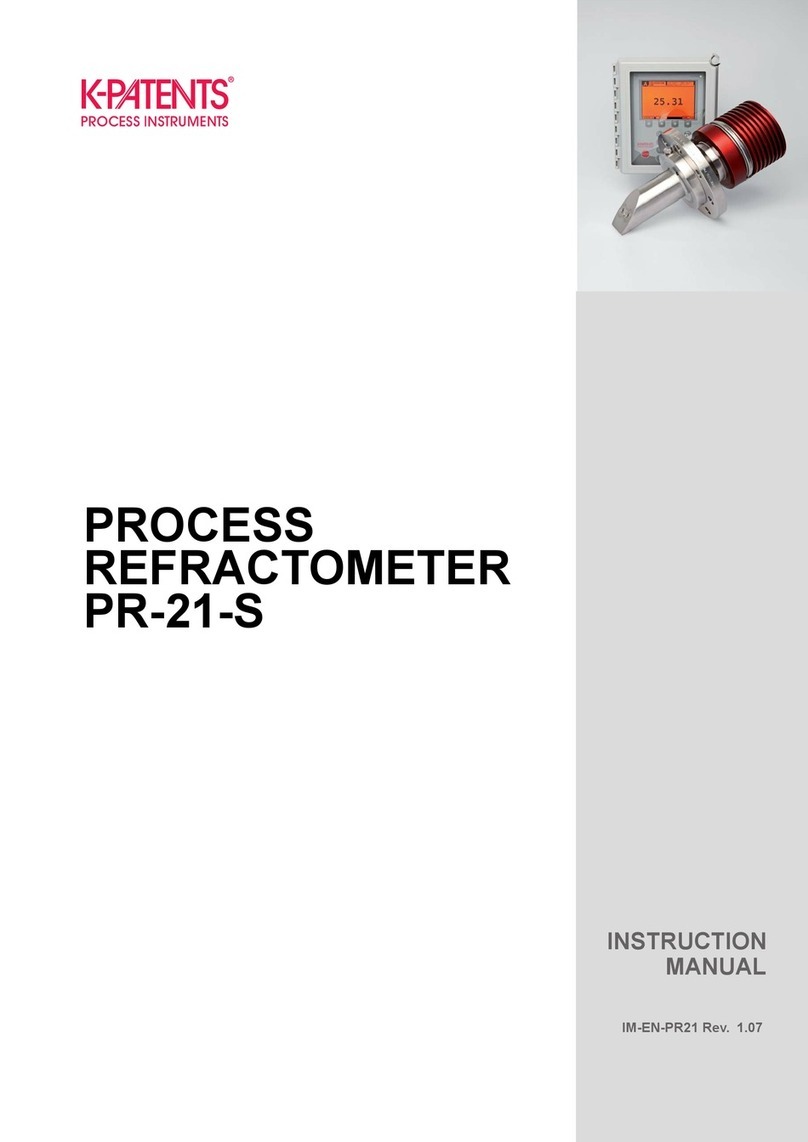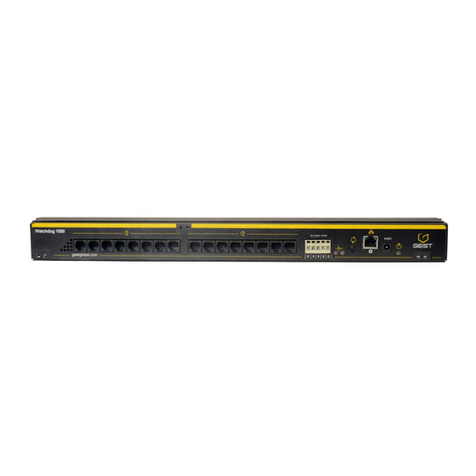MPB SEMS User manual

USER’S MANUAL
S E M S
- 2 -
SAFETY NOTE
Read before using the product
MPB works to provide to its customers the best safety conditions available
complying with the current safety standards.
The instrumentation described in this manual has been produced, tested and left the
factory in conditions that fully complying the European standards.
To maintain it in safe conditions and ensure the correct use, these general
instructions must be fully understood and applied before using the product.
This product is designed for industrial environment and laboratories and should be
used by skilled staff only.
MPB disclaims responsibility for a different use of the device.

USER’S MANUAL
S E M S
- 3 -
Conformity Certificate
(in accordance with the Directives: EMC 89/336/EEC and Low Voltage 73/23/EEC)
This is to certify that the product: SEMS
(Measurement system of shielding effectiveness)
complies with the following European Standards:
Safety: CEI EN 61010-1 (2001)
EMC: EN 61326-1 (2007)
This product complies with the requirements of the Low Voltage Directive
2006/95/CE, and with the EMC Directive 2004/108/CE.
MPB S.r.l.

USER’S MANUAL
S E M S
- 4 -
Index
1.
General information
Pag.
1.1. Introduction
1.2. System description
1.3. Standard accessories
1.4. Optional accessories
1.5. Receiver front panel
1.6. Transmitter front panel
1.7. Receiver/transmitter rear panel
1.8. Technical specifications
5
5
6
6
7
7
8
9
2.
Operating principle
2.1. SEMS receiver
2.2. SEMS transmitter
2.3. SEMS system
10
10
11
3.
System use and operation
3.1. Std Menu
3.1.1. Cal Menu
3.1.2. Show Menu
3.1.3 Meas Menu
3.2. WIZ Menu
3.2.1 Measurements using wizard
3.3. Menu Spt
3.4 Measuring the shielding attenuation
3.5 Calibration using CalKit
3.6. How to use the active bridge
3.7. Measurement with Rod antennas mod. R1
12
13
15
17
19
20
24
25
26
28
29
4.
SEMS PC Utility
software, controls and
functions
4.1. Installation
4.2. Archive Mode
4.3. List Mode
4.4. Receiver firmware upgrading
30
31
32
33

USER’S MANUAL
S E M S
- 5 -
1.General information
1.1. Introduction
SEMS is thought to comply the raising need to test and verify the shielding
effectiveness of shielded environment in hospitals and industries.
This system allows to measure automatically with high speed and accuracy the
attenuation value of the magnetic and electric field in shielded environments.
1.2. System description
The shielding effectiveness measurement system has a transmitter and a receiver,
both of them are provided with a pair of very small antennas, one is used to
measure the magnetic field attenuation in the 2MHz to 128MHz frequency range,
the other one is used to measure the electric field attenuation in the 60 to 300MHz
frequency range.
Contrary to today’s available systems, that measures the shield effectiveness on
few frequency points, SEMS allows to perform a complete test on the whole
frequency ranges continuously. Another improvement compared to the standard
system is the component synchronization, TX and RX are connected by a wireless
system that allows to perform automatically the measurement minimizing the user’s
errors.
Picture n°01
SEMS in the transport bag
3

USER’S MANUAL
S E M S
- 6 -
1.3. Standard accessories
1) SEMS receiver
2) SEMS transmitter
3) 2 biconical antennas (60…300 MHz)
4) 2 loop antennas (2…128 MHz)
5) 2 RS232/wireless
6) 2 Battery chargers
7) Active bridge at 2.4GHz
8) PC Utility SEMS software
9) Cal Kit and SIT calibration certificate
10)User’s Manual
11)RS232 cable and RS232-USB adapter
12)Instrumentation case
Picture n°02
1.4. Optional accessories
-2 Loop antennas Mod. L2, 10 kHz…4 MHz frequency range
-2 Rod antennas Mod. R1, 1MHz…60 MHz frequency range (read chapter
3.7)
-2 Wooden tripod Mod. TR-02-A
1
3

USER’S MANUAL
S E M S
- 7 -
1.5. Receiver front panel
In the Picture below(n°03) is represented SEMS receiver front panel. It has a
display and a command keyboard.
Picture n°03
1.6. Transmitter front panel
The SEMS transmitter (Picture n° 04) has no command button but a power button,
since the commands are sent by the receiver using the wireless connection.
Picture n°04
Alphanumeric display
Keyboard
RF in 50 Ohm
N female connector
Power button
RF out 50 Ohm
N female connector
Power button

USER’S MANUAL
S E M S
- 8 -
1.7. Receiver / Transmitter rear panel
The rear panels (Picture n° 05) are equals for both devices and upon them is
possible to find the serial number, the thread used for the tripod, the battery charger
connector and the RS232 interface for the wireless link.
Picture n°05
Important note: Always use the battery charger provided with the instrument to
avoid serious damages to the devices and operator’s injuries.
Important note: The battery charger must be connected with both devices (Tx
and Rx) turned off.
RS232
Serial
number
Thread insert ¼
Battery charger
connector

USER’S MANUAL
S E M S
- 9 -
1.8. Technical specifications
SEMS
Frequency range for TX/RX
Resolution 10 kHz…300 MHz
10 Hz
RF out (TX module)
Max output power (typical) Zout 50 Ω, N fem.
+30 dBm
RF in (RX module)
VSWR
Attenuator
Max input power
Zin 50 Ω, N fem.
< 1.2
0…20dB
110 dBuV
IF bandwidth (RX module)
3 dB bandwidth 5/150Hz
Attenuation measurement accuracy
(typical) 10 kHz…30 MHz ± 1.0 dB
30 MHz…300 MHz ± 1.5
dB
I/O interface RS232 / Wireless
Buzzer To set on attenuation level
International standard compliancy MIL-Std-285 IEEE Std 299 EN 50147-1
NSA65-6
Operating temperature 0°….40°C
Battery Irreplaceable and rechargeable Li-Ion
(6 h operating time)
Antennas
Loop Mod.L1
Biconical Mod. B1
Frequency range 2…128 MHz
Diameter 30 cm
Frequency range 60…300 MHz
Width 35 cm
Calibration Set-Up and Measurement Programmable by software
Options
Loop Antennas Mod.L2
Rod Antennas Mod. R1
Wooden tripod Mod. TR-02-A
Optic link 30 m
Frequency range 10kHz…4 MHz
Diameter 30 cm
Frequency range 1 MHz…60 MHz
Height settable
Weight and dimensions
Overall weight
Case dimensions
9,4 kg
52x43x23cm
Technical specifications may change without notice

USER’S MANUAL
S E M S
- 10 -
2.Operating principle
2.1. SEMS Receiver
The block diagram (a) below represents the SEMS receiver.
Digital
ADC
RSP
DSP
RF
IN Attenuator >
Filters >>Display
Figure a)
First of all the RF signal received by the antenna is attenuated by the attenuator
module to fit the level to the next modules specifications, subsequently we can find
the filters to select the bandwidth depending on the frequency settings. Then the RF
signal is converted by an ADC and is processed by the digital part with a RSP and a
DSP, the result will be shown on the display.
2.2. SEMS Transmitter
The block diagram below (b) represents the SEMS transmitter.
Digital
CPU
DDS
>
Doubler
>Power
amplifier
RF
OUT
Figure b)
The transmitting signal is generated using the DDS controlled by the CPU that
receives the instructions from the receiver wireless interface, this signal is
duplicated and amplified in order to achieve the necessary level to be transmitted by
the transmitting antenna.

USER’S MANUAL
S E M S
- 11 -
2.3. SEMS System
The main purpose of the SEMS is to measure the shielding effectiveness in a
shielded environment by measuring the attenuation of the electric or magnetic field.
We can briefly describe the operating principle as it follows:
The transmitter generate a RF signal and irradiates it through the antenna, at a
certain distance the receiver catches the signal with an equal antenna and
measures the signal level. If we move the receiver inside the shielded environment
maintaining the same distance from the transmitter we will get a lower signal, so we
can consider the shielding attenuation the difference between the reduced and the
original signal.
Picture n°06
Example of zeroing with loop antennas
Distance for
the zeroing
process

USER’S MANUAL
S E M S
- 12 -
3.System use and operations
Turn on menu
By pressing the power button of the RX module the device will turn on, to turn it off
press the power button for at least 4 seconds. Follow the same procedure for the TX
module.
As soon as the device is turned on, the display will show the following screenshot.
On the top right of the screen will appear a battery icon to show the charge status of
the RX module, after the TX connection on the top left will appear the TX device
battery icon.
SEMS
FW – 1.XX XX/XX/XX
WIZ Std Stp
ll ll ll ll
NOTE: As soon as the connection is estabilished, if the red led of the wireless devices
blink together with the yellow ones, wait untill the complete switching off of the first
ones in order to let the devices synchronize and ensure the correct functioning.
3.1 Std Menu
By pressing the Std menu button this screenshot will appear
SEMS
FW – 1.XX XX/XX/XX
Show
Cal
ll ll ll ll
Then pressing the relative button allows the access to Show and Cal menu.

USER’S MANUAL
S E M S
- 13 -
3.1.1. Cal Menu
Cal menu is used to perform the system zeroing process(Scan or List) or the system
calibration process(CalK)
SEMS
Ready for Measuring
Scan
List CalK
ll ll ll ll
Scan performs the system zeroing process using the standard or customized
frequency bands, by pressing the scan button we will see the following screenshot
where is possible to choose the default bands (L_Lo,L_Hi eBic) or the user’s
customized bands pressing the User button (customized bands are programmed
with the “SEMS PC_Utility” software)
SEMS
Ready for Measuring
L_Lo L_Hi Bic User
ll ll ll ll
The choice of the button to press depends on the different types of antennas:
L_Lo (Loop antennas Mod. L2)
L_Hi ( Loop antennas Mod. L1)
Bic (Biconical antennas Mod. B1)
Pressing User button will appear this screenshot to choose the memorized band:

USER’S MANUAL
S E M S
- 14 -
List performs the system zeroing process using the default or programmable
frequency list, by pressing list button will appear a new menu where you can select
the default frequency list DFT or three programmable lists (L1, L2 eL3)
CalK performs the system calibration process using the four 30 dB attenuators
supplied in the CAL-KIT.
NOTE: This procedure needs a wireless connection between TX and RX, you can
control the connection with the battery status on the left top of the screen of RX (will
be visible only if the connection has been successful).
When the zeroing procedure ends the following menu will appear:
SEMS
Ready for Measuring
Sc1 Sc2 Sc3 Sc4
ll ll ll ll
SEMS
Ready for Measuring
DFT L1 L2 L3
ll ll ll ll

USER’S MANUAL
S E M S
- 15 -
Fully Zeroed
Ready for Measuring
Meas
Show
Cal
ll ll ll ll
3.1.2. Show menu
The show menu will provide the results of measurements performed and previously
stored
To see the saved measurements press the Show button
e.g. We will choose a measure stored in a memory named H1-4
SEMS
Ready for Measuring
Meas
Show
Cal
ll ll ll ll
SEMS
Ready for Measuring
Last L1-4 M1-4 H1-4
ll Ll ll ll

USER’S MANUAL
S E M S
- 16 -
Then we recall the H1 memory
1stF Shows the attenuation at the lower frequency of the selected scan or list
NxFr Shows the attenuation on the next frequency
HiPk Shows the minimum attenuation on the whole scan or list
NxPkShows the first relative minimum of attenuation from the current frequency
By pressing the Last button you will see the results of the last measurement
performed, by pressing the remaining three buttons you can see the other stored
data. (up to 4 for each button).
As soon as we choose the measure to see you can analyze frequency by frequency
the measured attenuation.(The frequencies are always expressed in MHz)
By pressing the ESC button you can go back to the previous menu.
SEMS
Ready for Measuring
H-1 H-2 H-3 H-4
ll ll ll ll
Scan
60.000 to 300.000
1stF NxFr HiPk NxPk
ll ll ll ll

USER’S MANUAL
S E M S
- 17 -
3.1.3 Meas menu
You can find the Meas command in the Std menu, but it will appear only when the
system is zeroed using the Cal command described in the previous paragraph
(3.1.1. of this manual).
The command will perform a measurement of attenuation automatically (Auto), or
manually (Man).
Fully Zeroed
Ready for Measuring
Auto Man Zero
ll ll ll ll
Using the automatic mode you can choose if you want the measurement procedure
to start immediately (Now), or with a fixed time delay (10s, 30s, e 60s).
Fully Zeroed
Ready for Measuring
Now 10s 30s 60s
ll ll ll ll
SEMS
Ready for Measuring
Meas
Show
Cal
ll ll ll ll

USER’S MANUAL
S E M S
- 18 -
If you use a manual measurement you will use the commands: (Prev) measure of
the previous frequency, (Next) measure of the next frequency, (Redo) in order to
measure the current frequency and (Abort) to end the measurement.
This feature can be used as a modality of RF leaks(sniffer) in order to identify
weaknesses in the shielding of the room. TX unit has to be placed approximately at
1 meter from the area analyzed. To measure the electrical component we
recommend to use Rod Antennas ,Mod. R-1, completely closed on the RX unit and
completely open on the TX unit. For the magnetic field you can use the pairs of
Loop Antennas L-1 or L-2.
60.000000 MHz
Rbw:40 Hz.
0.3,0.3 [0]
Prev Next Redo
Abort
ll ll ll ll
When the measurement is finished the display will show the memory slot to store
the acquired data, you can choose one of the 4 memories for each frequency range:
Frequency Range from 0.01 to 2 MHz = memory (L-1,L-2,L-3 eL-4)
Frequency Range from 2 to 60 MHz = memory (M-1,M-2,M-3 eM-4)
Frequency Range from 60 to 300 MHz = memory (H-1,H-2,H-3 eH-4)
Example: Save request in the memory slots from 60…300 MHz range:
Scan Terminated
Press 1-4 to save
or Escape
H-1 H-2 H-3 H-4
ll ll ll ll

USER’S MANUAL
S E M S
- 19 -
By pressing the H-1 button the data will be stored and you will go back to the
starting screenshot.

USER’S MANUAL
S E M S
- 20 -
3.2. WIZ menu
To improve the managing of measurement saving procedure you can use the
SEMS’s wizard for a better organization of data storage.
To use the wizard press the WIZ button in the top menu of the device. The wizard
will lead the user throughout the procedure asking the following questions:
-The selection of the chamber where the measurements are performed (A, B,
C, D): Using A, B, C e D you can identify a shielded chamber. Then the user
has to remember the letter assigned to the chamber where the
measurements were done.
-The choice of the maximum number of spot to measure (1, 2, 4, 8):
Represents the number of measuring spot assigned for each chamber. The
user must sort chronologically the measured spot and he will find the same
order in the instrument memory.
Choose the
Chamber you want
To measure
A B C D
ll ll ll ll
Select the max
number of spot
to be measured
1 2 4 8
ll ll ll ll
Other manuals for SEMS
1
Table of contents
Other MPB Measuring Instrument manuals
Popular Measuring Instrument manuals by other brands
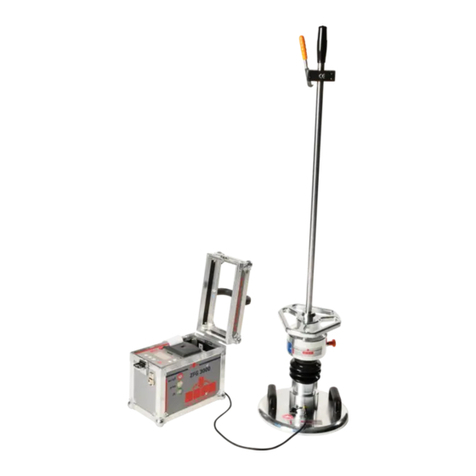
ZORN INSTRUMENTS
ZORN INSTRUMENTS ZFG 3000 GPS user manual
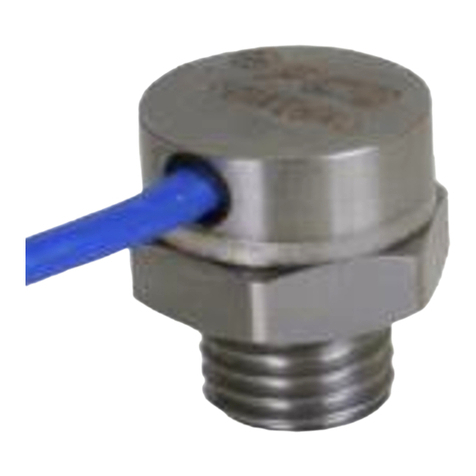
PCB Piezotronics
PCB Piezotronics 3501B1260KG/M010LN manual
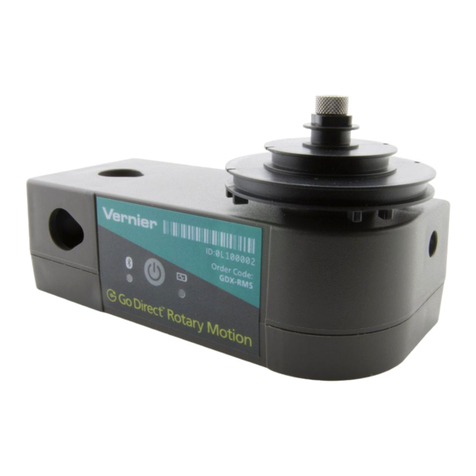
Vernier
Vernier Go Direct GDX-RMS quick start guide
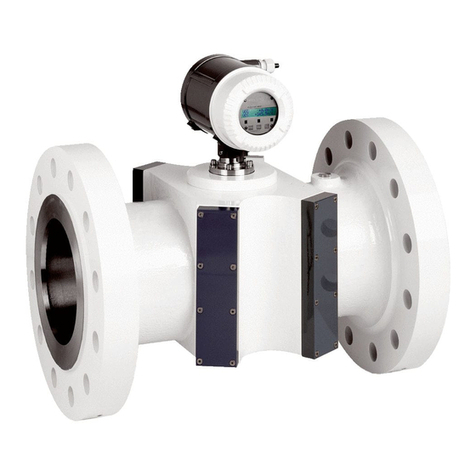
SICK
SICK FLOWSIC600 operating instructions
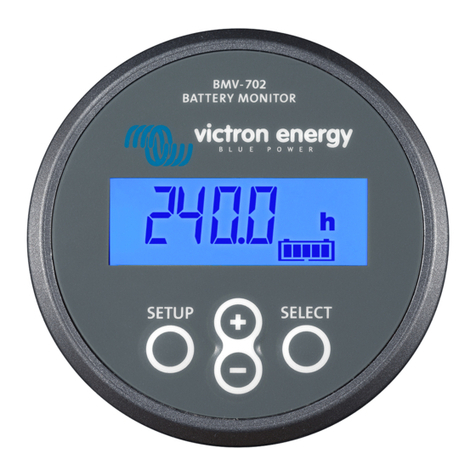
Victron energy
Victron energy BMV-702 Quick installation guide
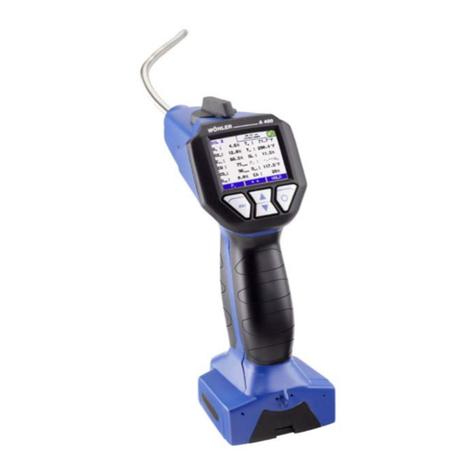
Wohler
Wohler A 400 Operation manual

